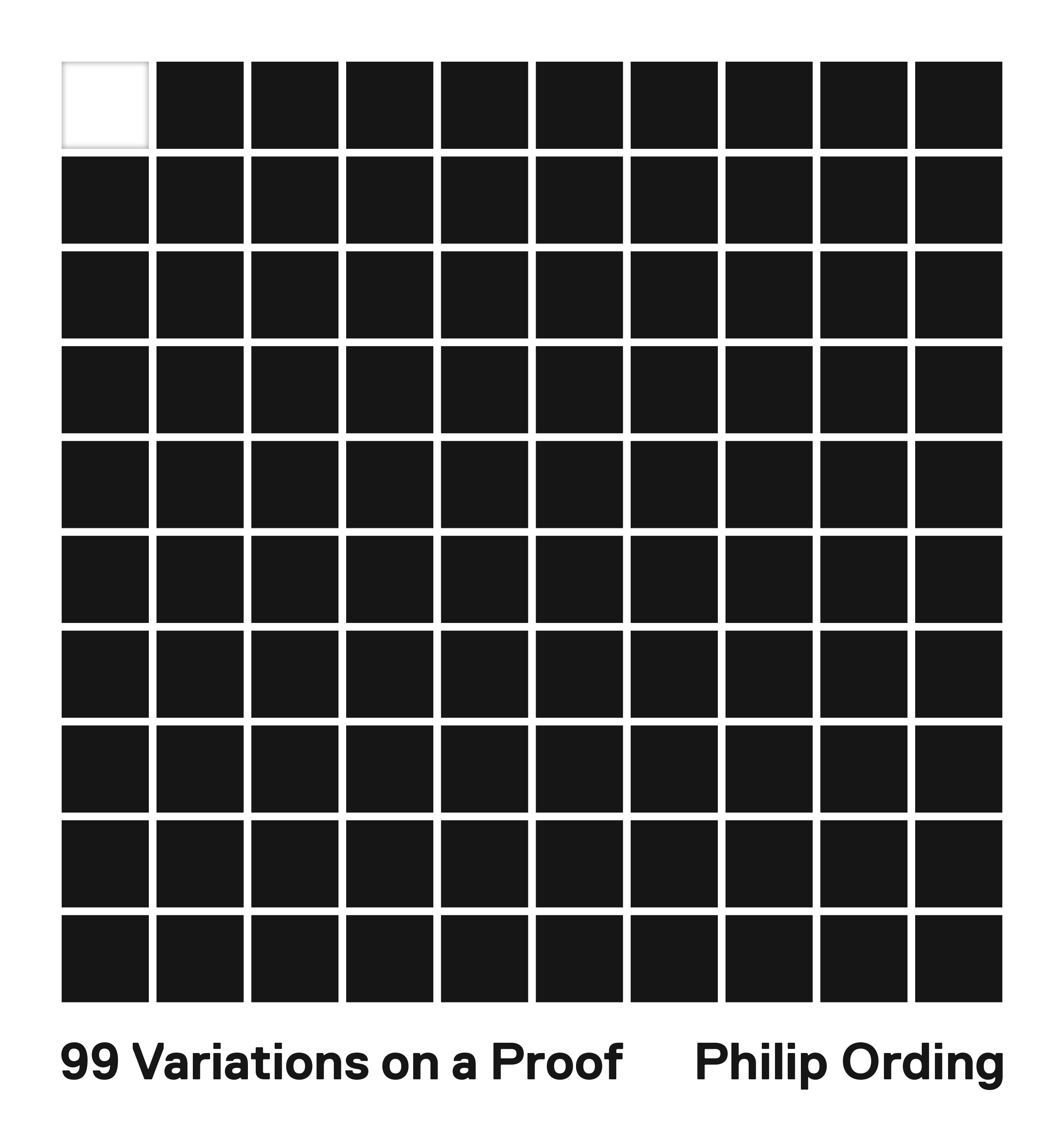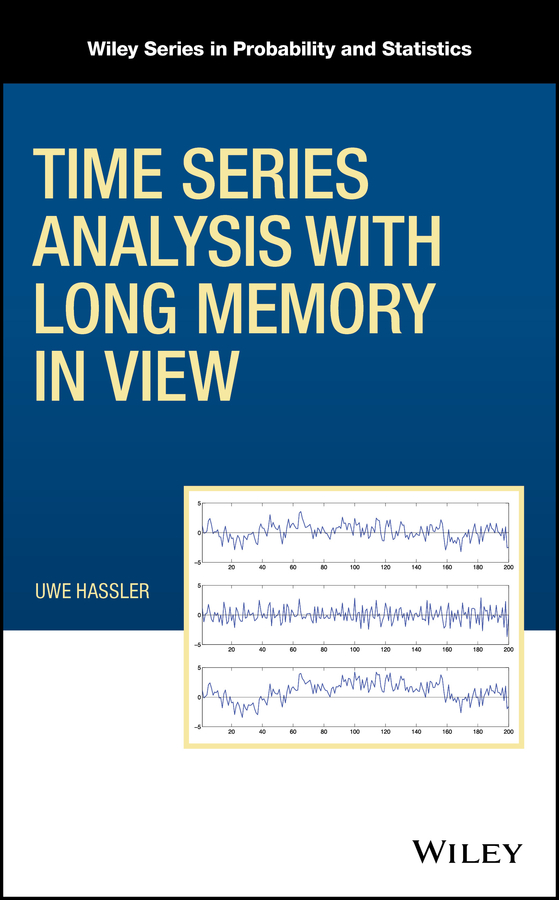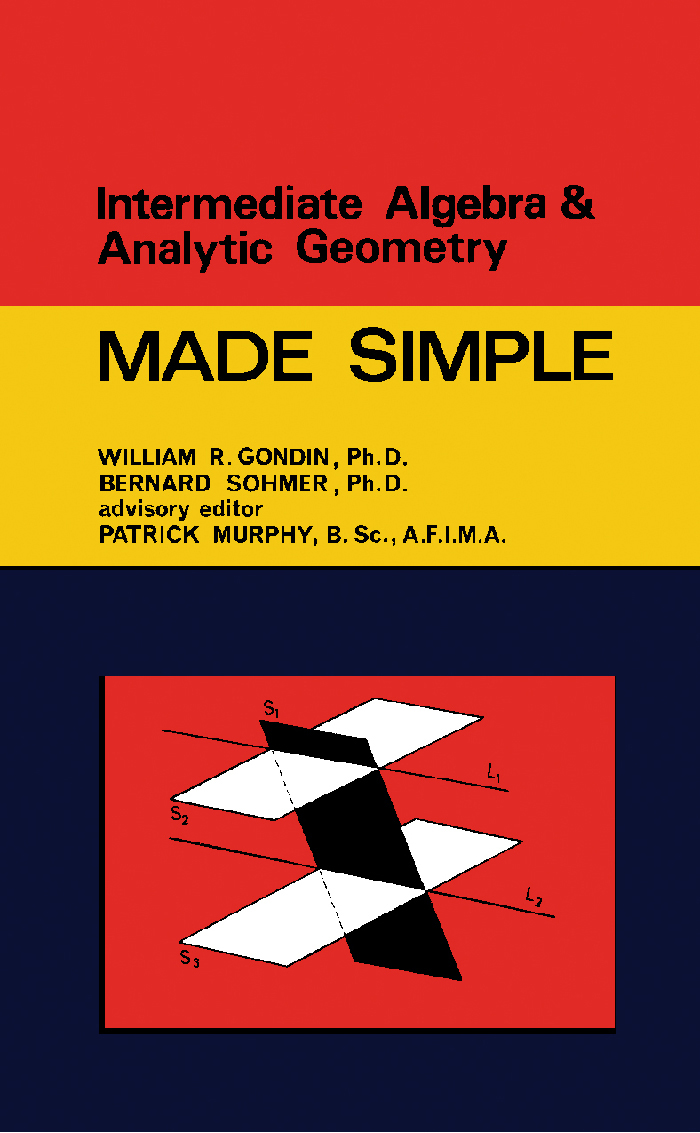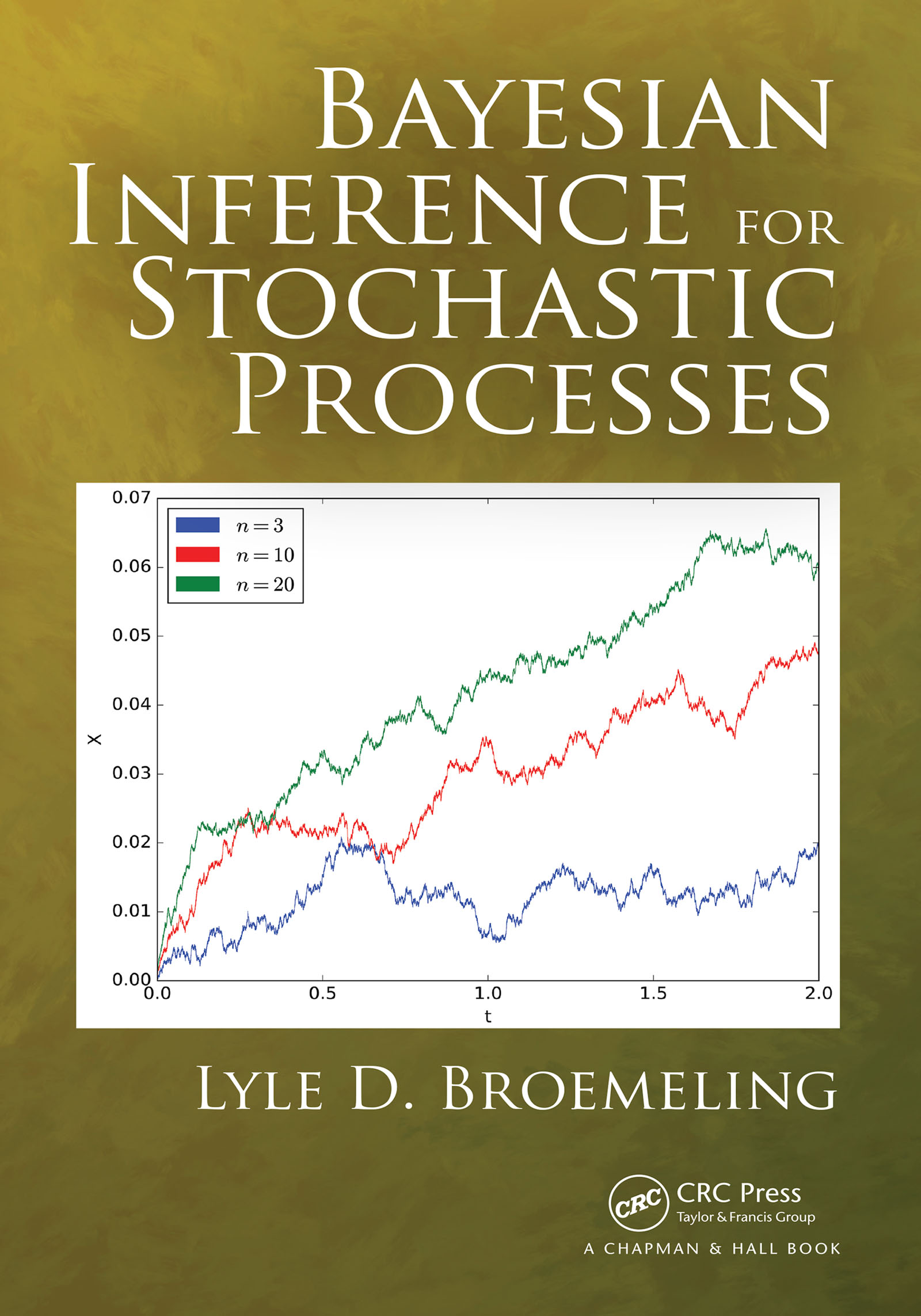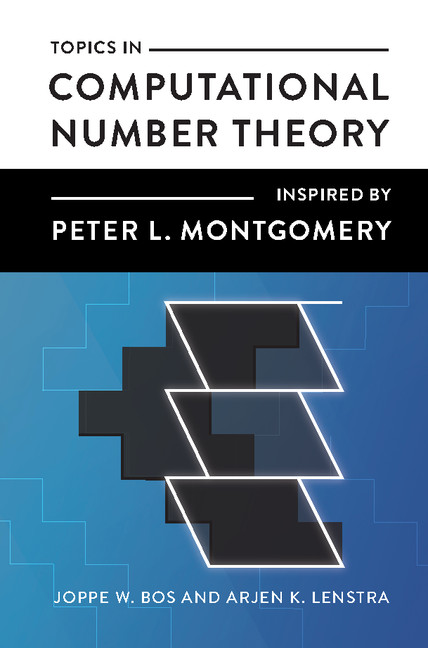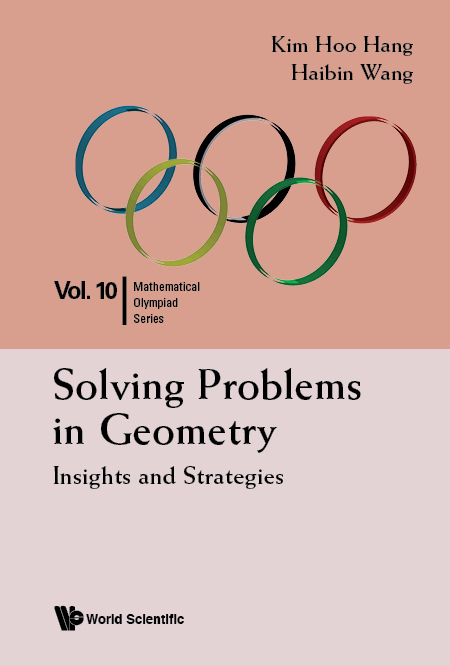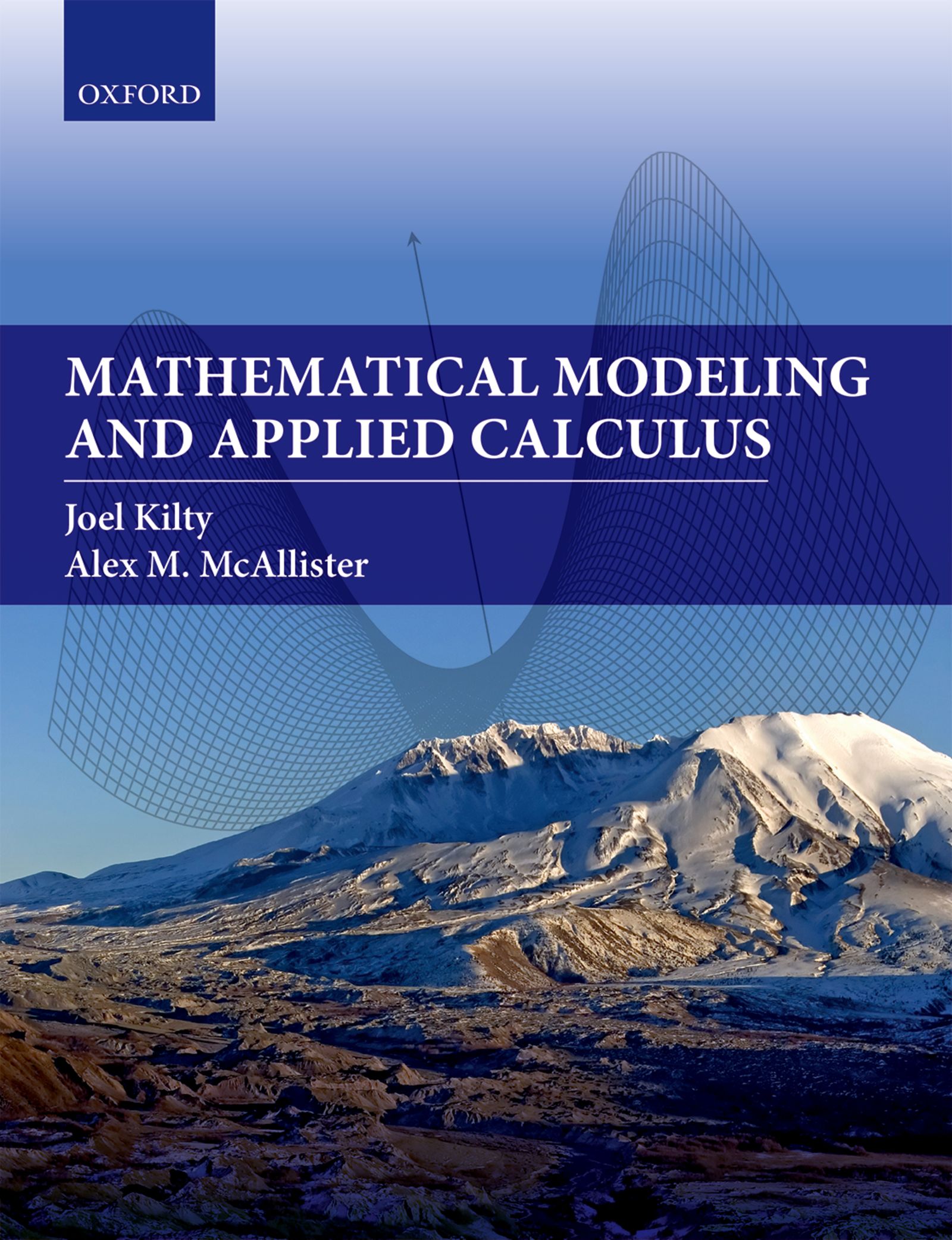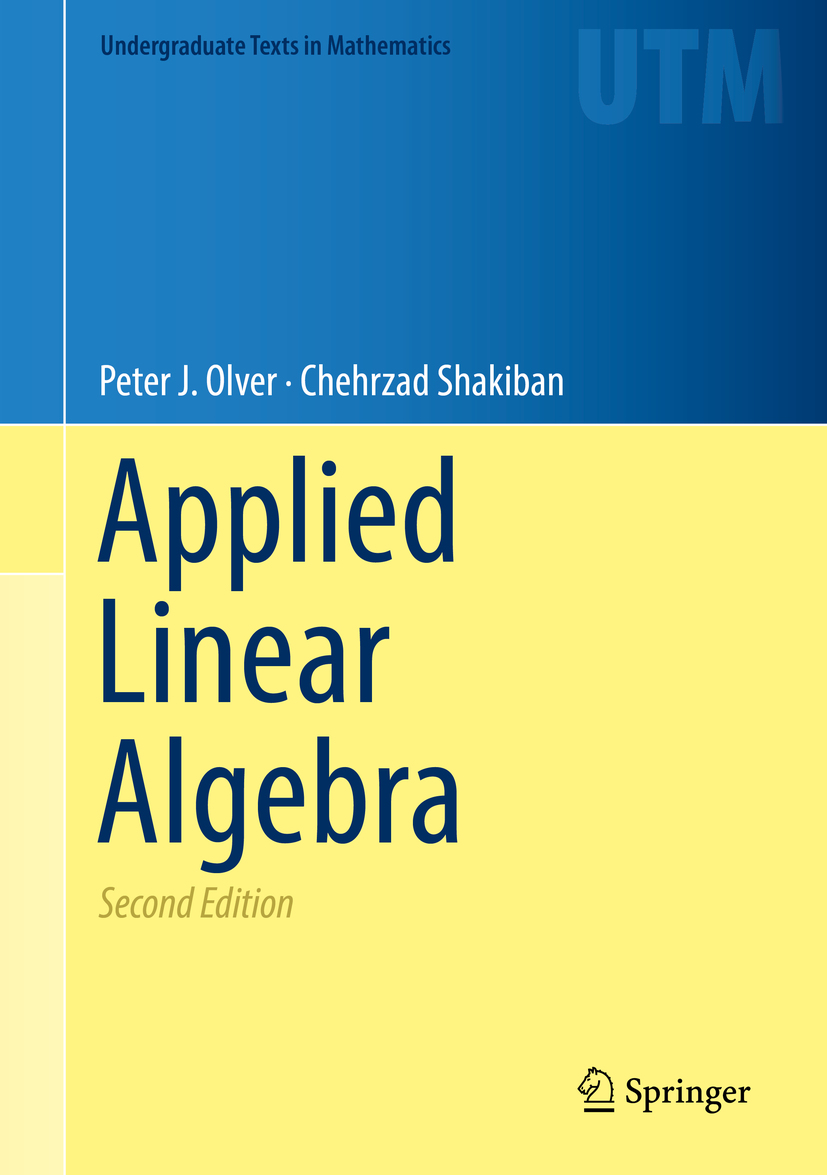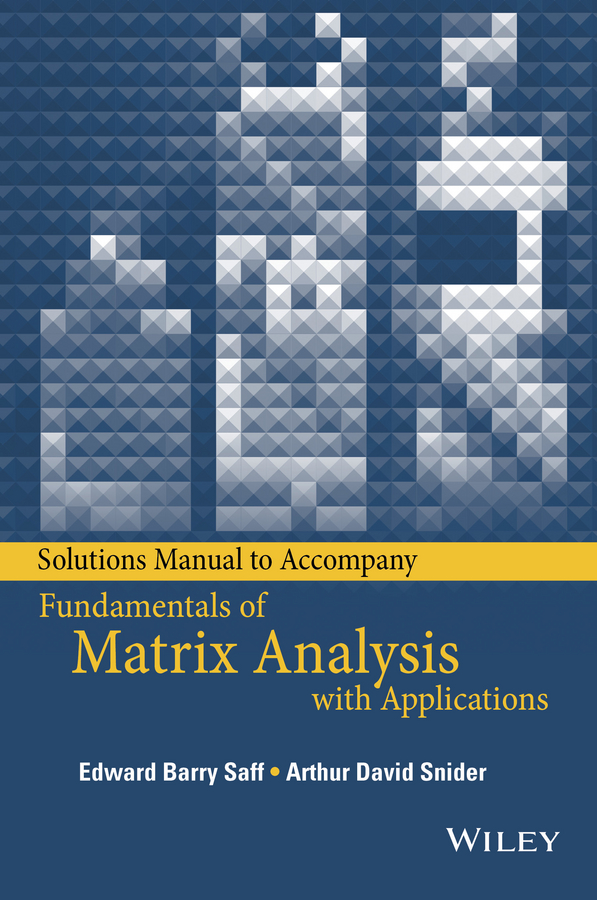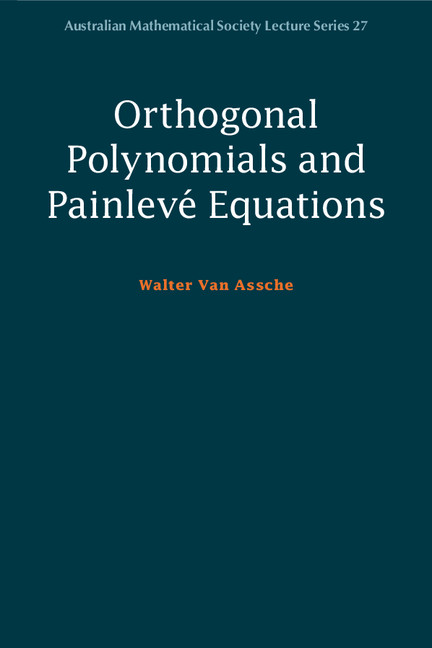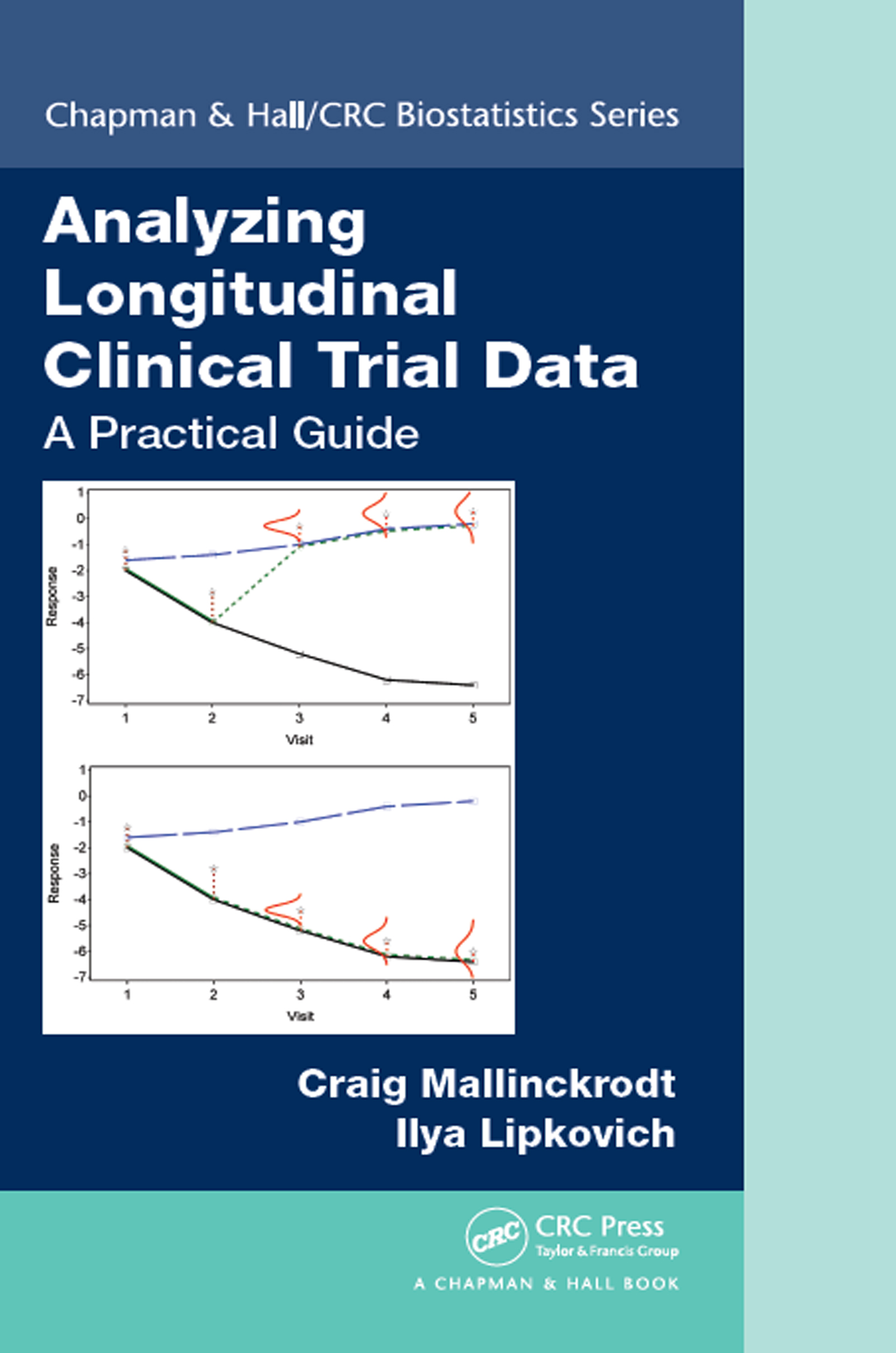Large Scale Linear and Integer Optimization: A Unified Approach: A Unified Approach
by Richard Kipp Martin
2020-07-24 08:56:02
Large Scale Linear and Integer Optimization: A Unified Approach: A Unified Approach
by Richard Kipp Martin
2020-07-24 08:56:02
This is a textbook about linear and integer linear optimization. There is a growing need in industries such as airline, trucking, and financial engineering to solve very large linear and integer linear optimization problems. Building these models req...
Read more
This is a textbook about linear and integer linear optimization. There is a growing need in industries such as airline, trucking, and financial engineering to solve very large linear and integer linear optimization problems. Building these models requires uniquely trained individuals. Not only must they have a thorough understanding of the theory behind mathematical programming, they must have substantial knowledge of how to solve very large models in today''s computing environment. The major goal of the book is to develop the theory of linear and integer linear optimization in a unified manner and then demonstrate how to use this theory in a modern computing environment to solve very large real world problems. After presenting introductory material in Part I, Part II of this book is de voted to the theory of linear and integer linear optimization. This theory is developed using two simple, but unifying ideas: projection and inverse projec tion. Through projection we take a system of linear inequalities and replace some of the variables with additional linear inequalities. Inverse projection, the dual of this process, involves replacing linear inequalities with additional variables. Fundamental results such as weak and strong duality, theorems of the alternative, complementary slackness, sensitivity analysis, finite basis the orems, etc. are all explained using projection or inverse projection. Indeed, a unique feature of this book is that these fundamental results are developed and explained before the simplex and interior point algorithms are presented.
Less







